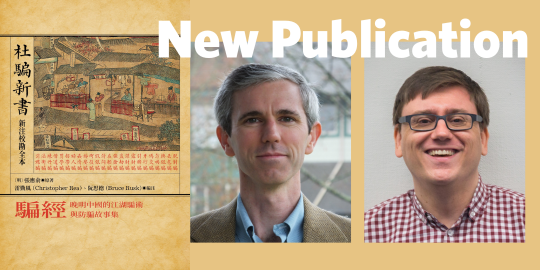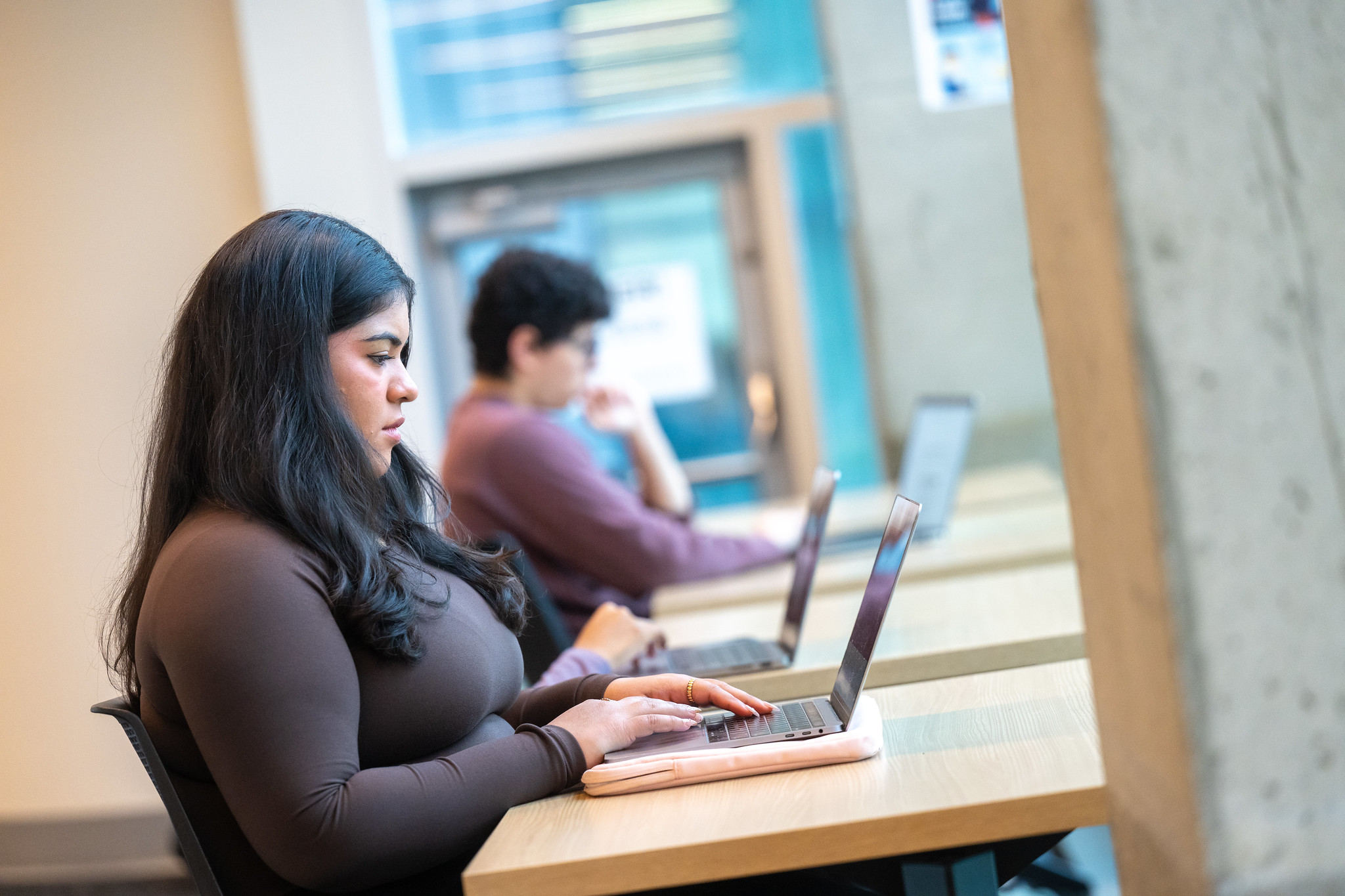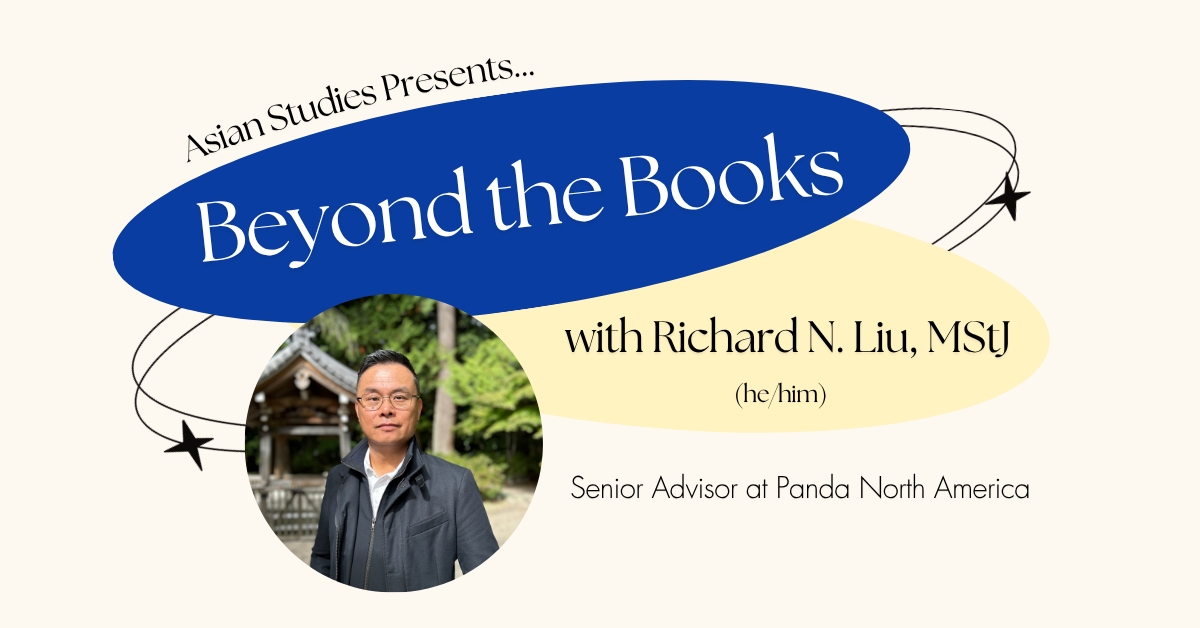Taught by new hire Dr. Mostafa Abedinifard, Assistant Professor Without Review of Persian Literary Culture and Civilization, the department is excited to expand its range of Persian Studies!
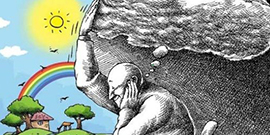

ASIA 360A: Modern Iran through Literature and the Arts [A Specific Asian Literature in Translation]
[ubccourses department=ASIA course=360A stickywinter=W stickyyear=true instructor=true]
More than ever before, Iran is in the media these days mostly for political reasons. If you are eager to learn more about Iran and Iranians, beyond one-dimensional political perspectives and through a variety of outlooks, including Iranian culture, literature, film, and the arts, then this is the course. The course has no prerequisites; the students will have the opportunity to read specimens of important literary works from modern Iranian authors (in English translation); watch and discuss some award-winning Iranian films from the pre- and post-revolutionary eras (with English subtitles); read a world-renowned Iranian graphic novel in English; get to know the works of an iconic Iranian cartoonist; meet a critically acclaimed Iranian postmodernist~ nist fiction writer as well as a world-renowned Iranian musician on Skype; listen to and understand the grammar of classical Persian music as an ever-present cultural icon in modern Iran; and learn to collectively sing a famous tasnif (Iranian song) by the end of the semester all framed within a working knowledge of modern Iranian history. By the end of this course, you can expect to gain an unprecedented intimate knowledge of Iran and Iranians, through their literature, culture, and the arts.
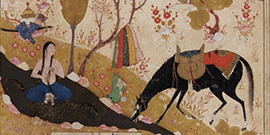

[ubccourses department=ASIA course=392 stickywinter=W stickyyear=true instructor=true]
A solid background in Persian literature is useful for anyone who wants a better understanding of Asia and the Middle East. With the presumption that through literatures, we can visit cultures and times impossible for us to experience ourselves, this course will take you on a journey to get a taste of classical Persian literature and its various genres, themes, and imagery, in English translation, from the 10th century (when the New Persian language emerged) to the mid-19th century (when Persian literature experienced a paradigm shift later associated with Persian literary modernity). Having no prerequisites, the course provides you with the opportunity to read many instances of Persian literature created during the above period in Persia/the Greater Iran, that is, in regions that today would include the present-day Iran, Central Anatolia, and Central Asia; as well as in India. The course readings are organized chronologically, covering a variety of poets, authors, forms and themes. Though briefly, we will also discuss what is lost (and gained) in translation as well as how classical Persian literature has contributed to world literature. The course will include lectures, group activities, and video screening. By the end of the course, the students will put together a Digital Anthology of Classical Persian Literature in English Translation.


[ubccourses department=ASIA course=394 stickywinter=W stickyyear=true instructor=true]
This course will introduce students to one of the most critically acclaimed cinemas in the world today, that is, postrevolutionary Iranian cinema, through the thematic lens of gender, sexuality, and diversity. During the semester, the students will watch and practice reading critically a wide variety of films by both world-renowned and new directors from Iran and the Iranian diaspora, focusing on the representations, constructions, and contestations of gender, sexuality, race, ethnicity, class, ability, and bodily normativity in and through those films. Film screenings, class lectures and discussions, post-screening mini-quizzes, and pertinent readings on Iranian cinema, society, and culture and on critical diversity studies will provide the students with the conceptual tools and the skill set required to complete their major group assignment. Despite its focus on the post-revolutionary era, the course will begin with an overview of Iranian cinema from its inception to the 1979 Revolution in order to provide sufficient context. The course argues that despite sociocultural and political challenges and restraints, an ever-growing thread of filmmakers within the postrevolutionary Iranian cinema has been effectively tackling vital issues concerning social and gender democracy in Iran. Importantly, these filmmakers represent no unified perspective, but a variety of perspectives, on the questions of gender, sexuality, and diversity.
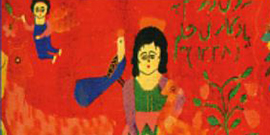

[ubccourses department=ASIA course=460 stickywinter=W stickyyear=true instructor=true]
What do a late-19th century Iranian woman’s satirical diatribe in response to a misogynist tract; an Iranian male author’s candid memoir of his infertility; a Persian joke cycle about the alleged cuckoldry of a city’s men; and a documentary about the proliferation of sex-reassignment surgery in post-revolutionary Iran tell us about the structures of gender in modern Iranian culture and society? In this course, we will be studying many literary, cinematic, folk, and popular culture texts/narratives (including the abovementioned) from modern Iran, putting them in their historical and sociopolitical contexts, in order to explore their representations, constructions, and contestations of dominant and/or marginalized notions of gender, as well as its intersection with sexuality, race, ethnicity, ability, religion, and class in Iran from the late 19th-century to the present.
